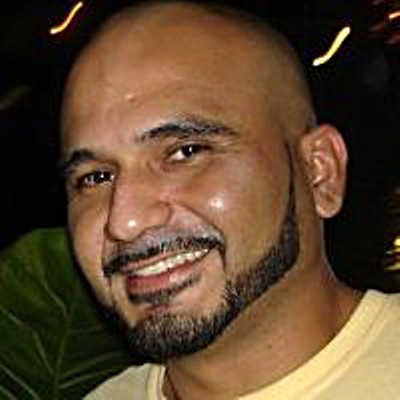Thirty years ago today, the Miami-Dade morgue had more dead bodies than it could handle. So to keep the surplus cadavers on ice, the medical examiner's office leased a refrigerated truck. The $800-a-month rental was a symbol of Miami's ignominious distinction as the nation's murder capital, largely as a result of shootouts among cocaine cowboys and violent crime committed by Marielitos. In 1980, Miami had a record 573 murders. In the first seven months and ten days of 1981, the homicide count was 296. By the end of the year, the number had climbed to 621.
The high rate of corpses left medical examiner officials frustrated. In an interview with United Press International, then-operations director Norman Kassoff said, "I don't see any relief in sight unless the federal government comes in and moves out all the undesirable aliens and cracks down on all the Colombian drug homicides. And that would be only temporary."
Four months later, Time published its famous "Paradise Lost" cover story chronicling Miami's transformation from a sleepy retiree town to an ethnically Balkanized, violent, crime-infested city.
The medical examiner used the refrigerated truck until 1988, the year the morgue moved into its current headquarters near Jackson Memorial Hospital.
Follow Miami New Times on Facebook and Twitter @MiamiNewTimes.











